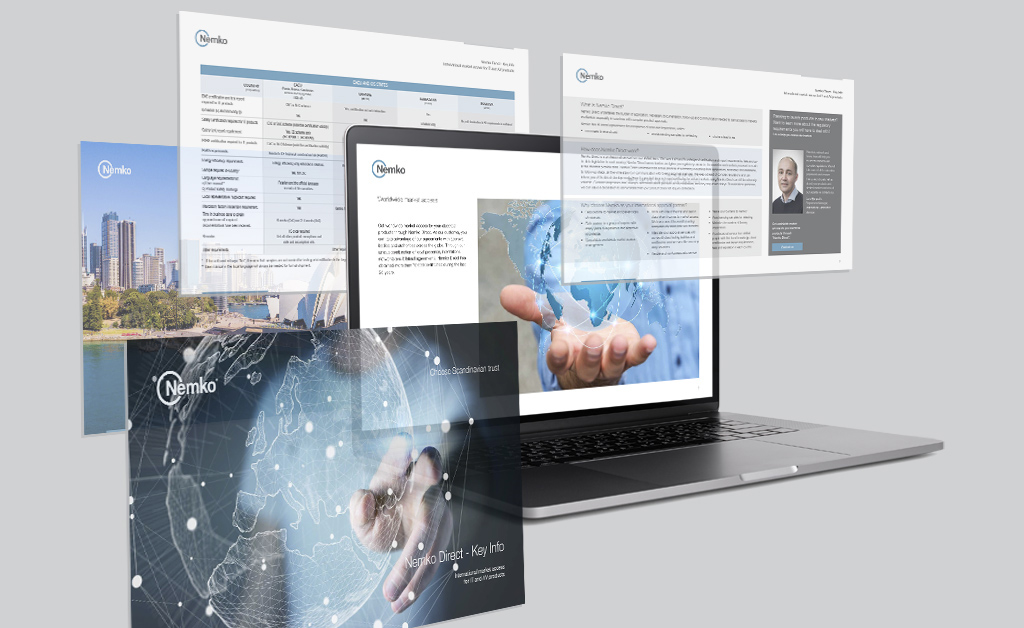Continuing shortage of electronic components and vital materials
Soon after the Corona infection was discovered in Asia and started spreading, the shortage of electronic components, such as semi-conductors and PCBs, became an issue for manufacturers of electronic end-products. It firstly hit the automotive industry which nowadays highly depends on such components and also on special metals, such as lithium for batteries in electrical vehicles. The shortage was mostly due to break down of regular supply chains and logistics, and the result of this was significantly delayed production of electronics and even shutdown of plants.
F.ex. in Norway, where presently 75% of imported new cars sold are fully electrical or hybrid, there are now waiting lists of 12 months for delivery of many new cars.
The situation has increasingly also affected consumer electronics, especially devices such as PCs, equipment for home entertainment and mobile phones, and in addition threatens sectors such as security systems and infrastructure.
Other than the pandemic’s negative effects on supply chains and production, the various needs for spending much more time at home to avoid contact with others have significantly increased the demand for such equipment and systems.
Although being basically a positive effect for the industry, the pressure of high demand, increased cost of vital components and materials combined with slow delivery are hurting the financial results.
However, as the high demand for consumer electronics may be flattening out, electronics companies are apparently readjusting their manufacturing capacity allocation from consumer electronics to automotive.
While this may cause better balance between supply and demand, according to experts, it is not expected to help much soon and may take more than a year from now to recover.
* This article is written by Trond Sollie
P.S. If you know of colleagues or others you think should get this monthly newsletter, please refer to this link for registration

